Zardens Offers expert tips and techniques for optimizing plant health and growth within Square Series FRP planters, covering topics such as proper drainage, soil and plant selection, along with seasonal maintenance routines and some of its benefits to Environment.
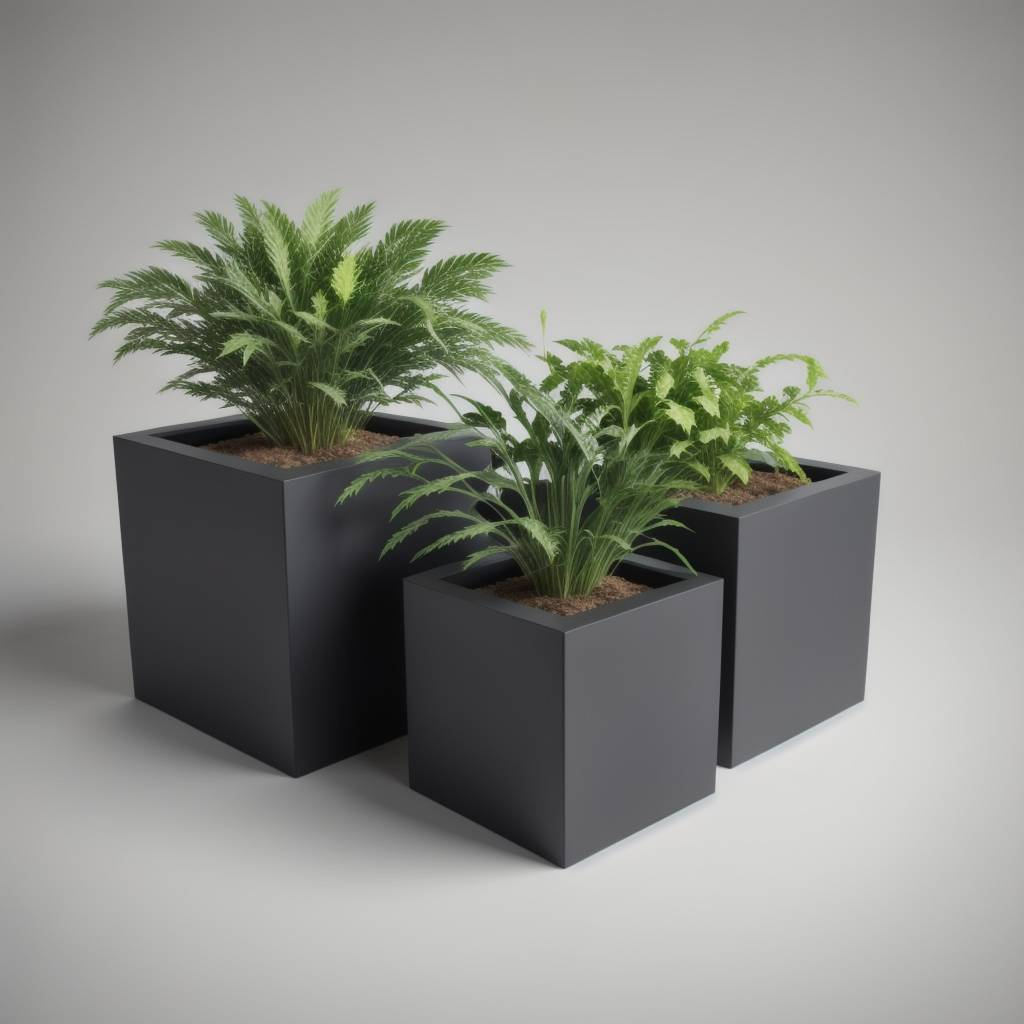
Maximizing Growth: Choosing the Right Plants for Square FRP Planters.
So, you’ve got your shiny new Square Series FRP Planters, ready to transform your space into a green oasis. But before you start filling them up with soil, let’s talk about the stars of the show: the plants themselves. Picking the right plant varieties is key to ensuring your planter thrives and stays looking fabulous.
- Consider Your Climate and Environment
First things first, take a good look at where you live. Is it hot and sunny most of the time, or do you get more rain than you know what to do with? Different plants have different preferences when it comes to climate, so it’s essential to choose varieties that will thrive in your specific conditions.
- Assess Your Space and Sunligh

Next up, think about where your planters will be situated. Are they going to be basking in full sun on a rooftop terrace, or tucked away in a shady corner of your patio?
The amount of sunlight your planters receive will play a big role in determining which plants will do well there. Most plants will need at least a few hours of sunlight a day to thrive, so if your space is on the shady side, you’ll want to stick to shade-loving varieties like ferns or begonias.
- Match Plants to Your Gardening Skills
Finally, consider your own gardening skills. If you’re a bit forgetful when it comes to watering, opt for low-maintenance plants like succulents or drought-tolerant perennials. On the other hand, if you love nothing more than spending hours in the garden tending to your plants, go ahead and choose something a bit more high-maintenance. Just be prepared to put in the extra time and effort to keep them looking their best.
Understanding Planting Depth and Spacing
Have you ever planted a seed only to see it struggle to sprout? Understanding the right planting depth can make all the difference in your garden’s success. Let’s dig into why it matters and how to get it just right!
Planting too shallow can expose delicate roots to the elements, while burying them too deep can suffocate them. It’s all about finding that sweet spot for optimal growth.
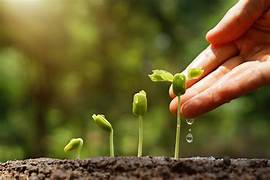
- Finding the Goldilocks Zone
Imagine planting a tiny seed as if it were taking a nap under a soft blanket of soil. That’s the ideal depth you’re aiming for. Different plants have different needs.
For larger seeds like beans or peas, aim for about an inch deep. Smaller seeds, like lettuce or carrots, prefer a more shallow planting depth of around a quarter to half an inch. Remember, just like Goldilocks, your seeds want it not too deep, not too shallow, but just right!
- Give Them Some Space
Just like people, plants need their personal space too! Proper spacing ensures that each plant has enough room to spread its roots and grow to its full potential. Crowding can lead to competition for resources and stunted growth.
So, how do you determine the right spacing for your plants? It’s all about knowing their mature size and giving them enough elbow room. As a general rule of (green) thumb, small plants like herbs can be spaced six to twelve inches apart, while larger veggies like tomatoes may need up to three feet between them.
Tips for Seasonal Rotation and Succession Planting
Ever feel like your garden is stuck in a rut? Fear not, fellow plant enthusiast! Seasonal rotation and succession planting are here to save the day. These techniques not only keep your garden fresh and vibrant but also promote plant health and growth in planters. So, grab your gardening gloves and let’s dive in!
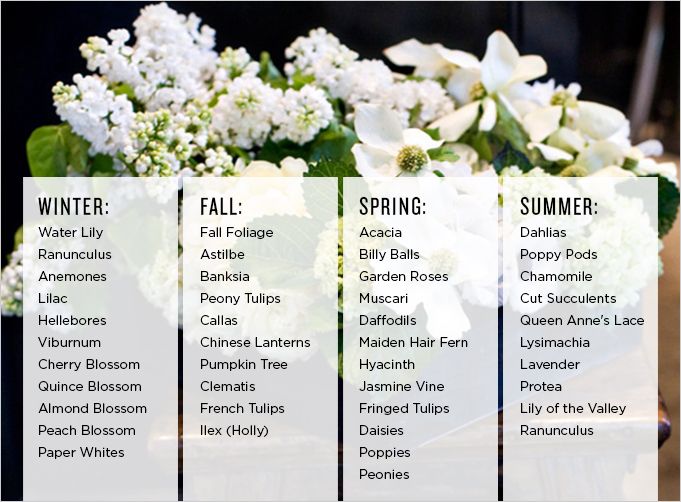
- Why Seasonal Rotation Matters
Picture this: your garden is bursting with lush greenery in the spring, but come summer, it starts to look a little lackluster. That’s where seasonal rotation swoops in to save the day. By switching up your plant lineup with each season, you can keep your garden looking its best year-round. Plus, rotating crops helps prevent soil depletion and reduces the risk of pest infestations. It’s like giving your garden a mini makeover every few months!
- Succession Planting Secrets
Now, let’s talk succession planting – the garden hack that keeps on giving. Instead of planting all your seeds at once and waiting for the harvest, stagger your plantings throughout the season. This ensures a continuous supply of fresh veggies and herbs without overwhelming you with a bumper crop all at once.
- Tips for Success
- Know Your Seasons: Before you start planting, familiarize yourself with your local climate and growing seasons. This will help you determine the best times to rotate your crops and plant new seeds.
- Choose Complementary Plants: When planning your seasonal rotation, opt for plants that complement each other in terms of growth habits and nutrient needs. This will prevent competition for resources and ensure a harmonious garden.
- Keep a Garden Journal: Keep track of what you plant, when you plant it, and how it performs throughout the season. This will help you fine-tune your rotation strategy year after year and learn from your successes (and failures!).
- Don’t Forget to Mulch: Mulching isn’t just for looks – it also helps regulate soil temperature, retain moisture, and suppress weeds. Plus, it adds organic matter to the soil as it breaks down, giving your plants an extra boost of nutrients.
- Be Flexible: Mother Nature can be unpredictable, so don’t be afraid to adapt your plans as needed. If a heatwave is looming, consider shading sensitive plants or providing extra water to prevent wilting.
- Embrace Diversity: Mix things up by planting a variety of crops with different colors, textures, and flavors. Not only does this make for a visually stunning garden, but it also attracts beneficial insects and promotes biodiversity.
Nurturing Roots: Soil Mixes for Thriving Gardens
Hey there, green thumbs! If you’re ready to dive into the world of gardening with Square FRP planters, let’s talk soil. After all, it’s the foundation for your flourishing garden dreams. But fear not, we’re here to make soil science as easy as planting a seed.
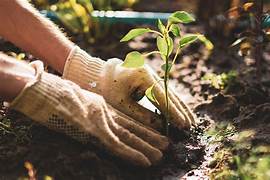
- The Basics of Soil Mixes
So, what’s the deal with soil mixes? Well, think of it like a recipe for success. You want the perfect blend of ingredients to nourish your plants and help them grow big and strong. In our Square FRP planters, we’re aiming for a mix that’s light, airy, and nutrient-rich.
- The Perfect Blend
Now, let’s get down to the nitty-gritty. A great soil mix for your Square FRP planters starts with a base of good-quality potting soil. Look for one that’s formulated for container gardening, with added ingredients like perlite or vermiculite for extra drainage.
Next up, we’re adding some organic matter to the mix. Think compost, aged manure, or even coconut coir. This will help improve soil structure, retain moisture, and provide essential nutrients for your plants’ growth.
But wait, there’s more! To really kick things up a notch, consider adding some amendments like worm castings, kelp meal, or fish emulsion. These natural boosters will give your plants a nutritional pick-me-up and promote overall plant health and growth in planters.
- Mixing It Up
Now that you’ve got all your ingredients ready to go, it’s time to mix things up. Grab a big bucket or wheelbarrow and start layering in your components. Aim for a ratio of about 1 part organic matter to 2 parts potting soil, with a sprinkle of amendments mixed in.
Once everything’s in the bucket, give it a good stir to ensure all the ingredients are evenly distributed. You want a nice, fluffy mix that’s easy to work with and holds moisture without getting waterlogged.
- Putting It to the Test
Now comes the fun part – putting your soil mix to the test in your Square FRP planters! Fill up your planters with your freshly mixed soil, leaving a little room at the top for watering. Then, get planting! Whether you’re growing flowers, veggies, or herbs, your plants will thank you for providing them with such a cozy home.
Green Living: Eco-Friendly Practices for Plant Care
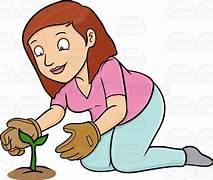
As garden enthusiasts, we all want to nurture our green spaces while minimizing our environmental footprint. Luckily, when it comes to caring for your Square FRP planters, there are plenty of eco-friendly practices you can adopt. Let’s explore three key strategies that not only promote plant health and growth but also contribute to a more sustainable lifestyle.
- Sustainable Watering Techniques
When it comes to watering your plants, less can often mean more. consider implementing sustainable watering techniques that conserve this precious resource. One effective method is to water deeply but infrequently, allowing the soil to absorb moisture more efficiently and encouraging deeper root growth. Additionally, collecting rainwater in a barrel or container can provide a natural and free source of hydration for your plants.
- Using Natural Pest Control Methods
Nobody wants to see their beloved plants fall victim to pesky pests, but before reaching for chemical pesticides, consider employing natural pest control methods in your Square FRP planters. Encouraging natural predators like ladybugs, lacewings, and praying mantises can help keep pest populations in check without harming beneficial insects or disrupting the delicate ecosystem of your garden.
- Benefits of Companion Planting in FRP Planters
Companion planting isn’t just about maximizing space or creating visually appealing combinations—it’s also a sustainable gardening practice with numerous benefits for plant health and growth in your Square FRP planters. By strategically pairing compatible plants together, you can create natural synergies that enhance soil fertility, repel pests, and promote overall garden resilience.
For example, planting nitrogen-fixing legumes like beans or peas alongside heavy feeders like tomatoes or peppers can help replenish soil nutrients and improve crop yields. Similarly, interplanting aromatic herbs like rosemary or thyme with susceptible crops can confuse pests with their strong scents, reducing the need for chemical interventions and fostering a healthier garden ecosystem.
Embracing Biodiversity in Urban Gardens
In the hustle and bustle of city life, it’s easy to forget about the wonders of biodiversity. But guess what? Your urban garden in those Square Series FRP planters is the perfect spot to celebrate nature’s diversity! By selecting a variety of native plants, you’re not only adding beauty to your space but also supporting a thriving ecosystem. Think of it as inviting all your favorite plants to a green party right on your balcony or rooftop!
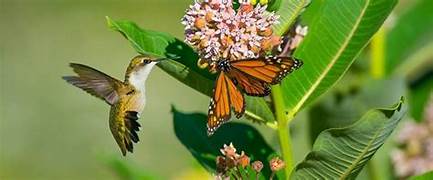
- Attracting Pollinators and Beneficial Insects
Bees buzzing, butterflies flitting about, and ladybugs munching on aphids—sounds like a scene straight out of a fairy tale, right? Well, it can be your reality when you choose the right native plants for your Square Series FRP planters! Native flora are like a magnet for these helpful critters, providing them with food and shelter. So, forget about those chemical pesticides and let nature’s little helpers take care of business in your garden. It’s like having your own miniature wildlife sanctuary, buzzing with life and color!
- Enhancing Wildlife Habitats with Native Flora
Who said you need acres of land to create a wildlife habitat? With your Square Series FRP planters filled with native plants, you can transform even the smallest urban space into a haven for birds, bees, and butterflies.
Now, let’s dive deeper into each of these aspects and explore how native plant selection can truly elevate your urban gardening game.
- Celebrating Biodiversity in Your Urban Oasis
Think of your Square Series FRP planters as canvases waiting to be painted with a vibrant palette of native plants. From colorful wildflowers to sturdy shrubs, there’s a whole world of biodiversity just waiting to be explored. By choosing a diverse range of plants, you’re not only creating visual interest but also providing food and habitat for a wide array of wildlife. So go ahead, mix and match different species to create your own little slice of nature in the heart of the city!
- Inviting Nature’s Pollinators to the Party
Pollinators like bees, butterflies, and hummingbirds are essential for the health and vitality of our ecosystems. And what better way to attract these busy workers than by planting native flowers in your Square Series FRP planters? Native plants have evolved alongside local pollinators, providing them with the nectar and pollen they need to thrive.
- Creating a Haven for Wildlife
In today’s urbanized world, green spaces are becoming increasingly rare. But by planting native flora in your Square Series FRP planters, you’re not just adding a splash of green to your surroundings—you’re creating valuable habitat for wildlife, too. Native plants provide food and shelter for birds, butterflies, and other creatures, helping to maintain healthy populations even in the midst of a concrete jungle!!

